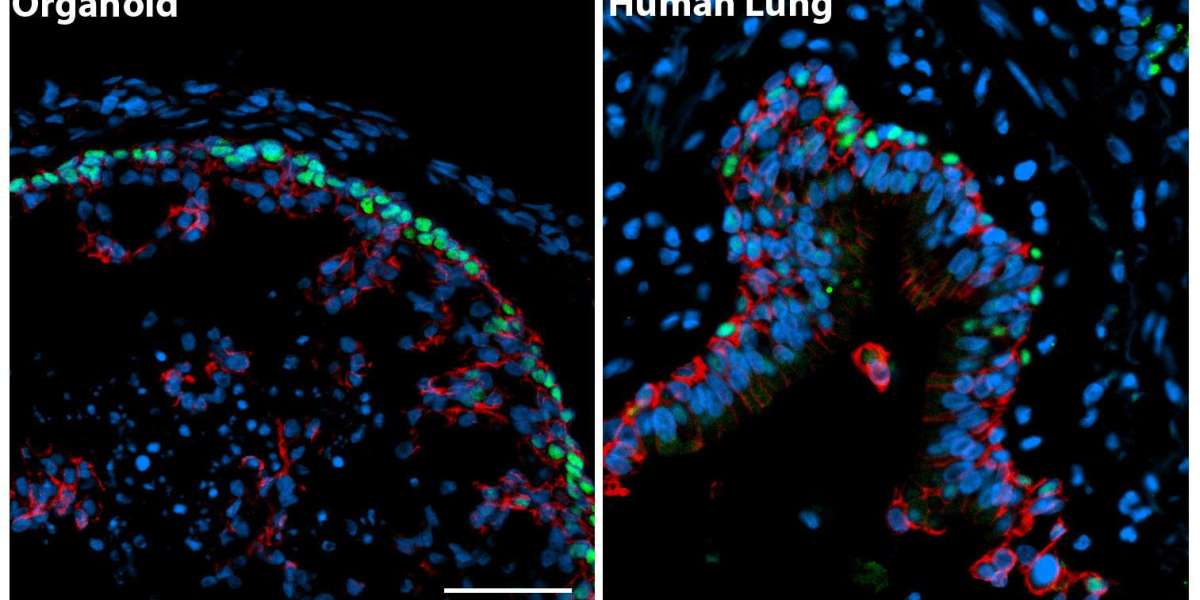The organoids market is positioned as a revolutionary segment within biomedical research, offering innovative models for drug discovery, disease modeling, and personalized medicine. Despite its tremendous potential, the market is confronted with a variety of threats that could impede its growth and broader adoption. These threats range from regulatory hurdles and ethical debates to financial constraints and technical challenges. Understanding these risks is critical for stakeholders seeking to navigate and sustain progress in this promising field.
Regulatory Uncertainty and Compliance Risks
One of the most significant threats to the organoids market is regulatory uncertainty. Since organoids are relatively new technologies, many regulatory agencies have yet to develop clear and comprehensive guidelines governing their production, use, and commercialization. Ambiguities in classification—whether organoids fall under biologics, medical devices, or research tools—create compliance complexities. These uncertainties may delay product approvals, limit investment, and restrict clinical applications. Companies must stay agile and proactive in engaging with regulators to help shape evolving frameworks.
High Costs and Economic Barriers
The financial burden associated with organoid research and commercialization poses another major threat. The production of organoids requires expensive reagents, specialized culture media, and sophisticated laboratory equipment. Additionally, skilled personnel and extended culture times contribute to elevated operational costs. Such high costs can limit adoption, particularly in smaller academic institutions, startups, and emerging markets. Without significant cost reduction through technological innovation or economies of scale, market penetration may remain constrained.
Technical Challenges and Standardization Issues
Technical limitations continue to threaten the organoids market’s reliability and scalability. Organoid cultures often exhibit variability due to differences in protocols, cell sources, and culture conditions, undermining reproducibility across laboratories. This variability complicates regulatory approval processes and limits commercial confidence. Furthermore, challenges in replicating the full complexity of human organs—such as vascularization, immune system components, and functional maturity—restrict the scope of organoid applications. Ongoing research is needed to standardize methodologies and improve model fidelity.
Ethical and Social Concerns
Ethical considerations form a significant threat to the widespread acceptance of organoid technologies. Since many organoids are derived from human stem cells, issues related to donor consent, privacy, and potential misuse of genetic information are prominent. The possibility of creating organoids with advanced neural functions raises concerns about sentience and moral status. These ethical dilemmas could trigger public resistance, impact funding, and result in stringent regulations. Transparent ethical guidelines and robust governance are essential to mitigate these risks.
Competitive Market and Intellectual Property Risks
The organoids market is becoming increasingly competitive, with numerous startups and established companies vying for dominance. This intensifying competition creates risks related to intellectual property disputes and rapid technological obsolescence. Patent infringements or litigation can drain financial resources and damage reputations. Additionally, faster innovators may outpace slower players, making it difficult for some companies to sustain market relevance. Strategic IP management and continuous innovation are crucial to navigating this competitive landscape.
Limited Awareness and Adoption Barriers
A lack of widespread awareness and understanding among researchers, clinicians, and pharmaceutical companies also threatens market growth. Many potential end-users remain unfamiliar with organoid technologies or skeptical about their predictive accuracy compared to traditional models. This limited adoption can reduce demand for organoid products and services, slowing commercial expansion. Comprehensive education, marketing, and demonstration of organoid utility are necessary to overcome these barriers.
Data Privacy and Security Concerns
With the increasing use of patient-derived organoids for personalized medicine, data privacy and security issues are emerging threats. Handling sensitive genetic and health information requires stringent safeguards to prevent unauthorized access and misuse. Any breach could result in legal consequences, loss of trust, and reputational damage for organizations involved. Implementing robust cybersecurity measures and adhering to data protection regulations are essential to address these concerns.
Economic and Geopolitical Instability
Broader economic and geopolitical factors can indirectly threaten the organoids market. Global economic downturns, trade restrictions, or shifts in government funding priorities can reduce investments in biotech research and infrastructure. Political instability in key markets may disrupt supply chains and collaborative research initiatives. Such external factors create uncertainties that can hinder the market’s steady growth trajectory.
Conclusion
While the organoids market holds vast potential to transform biomedical research and healthcare, it faces substantial threats that could challenge its growth and adoption. Regulatory ambiguities, high costs, technical variability, and ethical concerns stand out as primary obstacles. Additionally, competitive pressures, limited awareness, and data privacy issues add layers of complexity. Addressing these threats proactively through innovation, standardization, ethical governance, and strategic collaboration will be crucial for realizing the full promise of organoid technologies. Stakeholders must remain vigilant and adaptive to ensure sustainable development in this exciting field.







